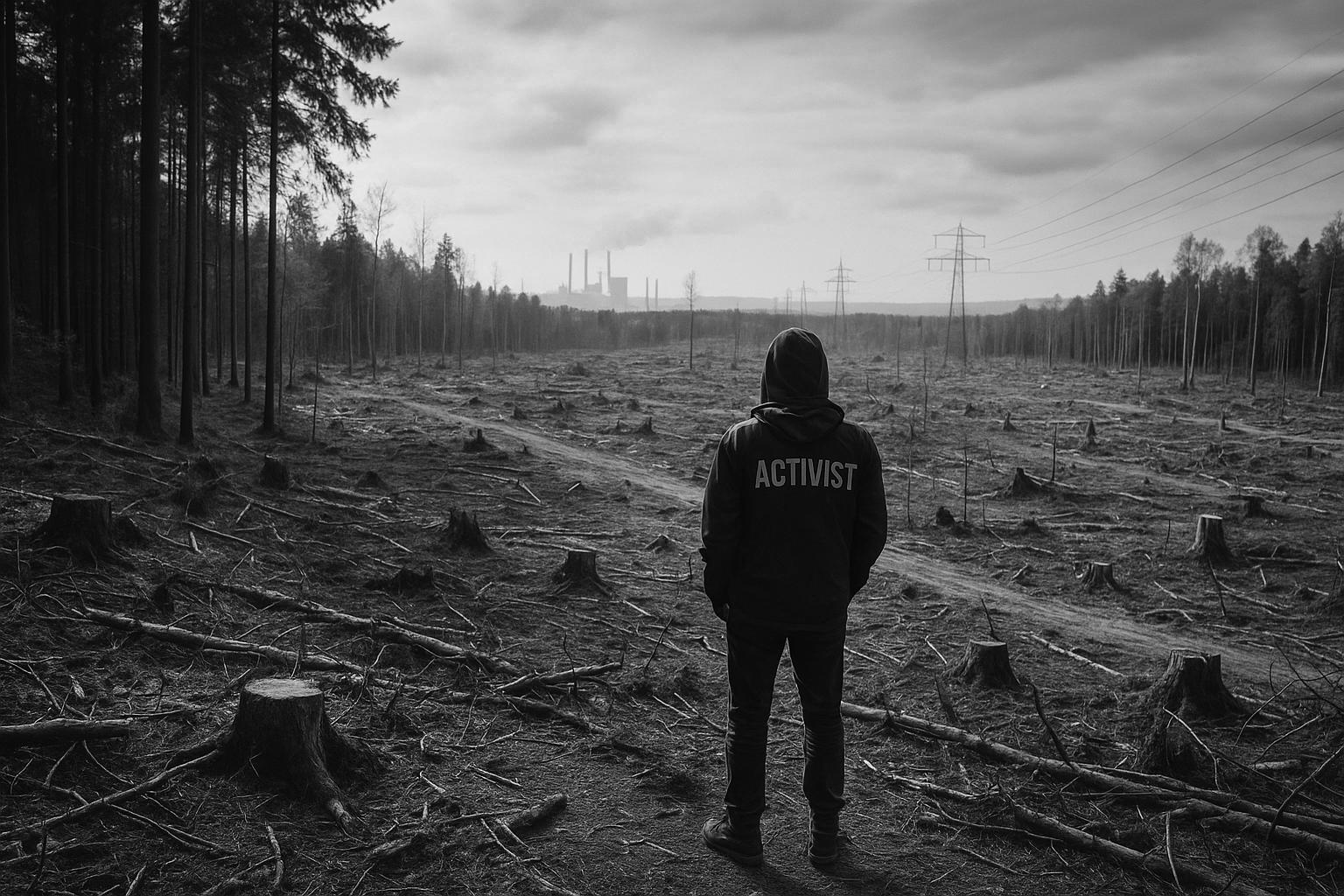Since the 2007–08 global financial crisis, green finance has emerged as a significant strategy aimed at addressing environmental challenges by realigning financial markets with sustainability goals. Financial institutions such as banks, investment funds, and insurers now offer an array of green financial products, including green bonds and sustainability-linked loans. These initiatives are further strengthened by international frameworks like the Paris Agreement, which encourages a unified global effort against climate change. However, the landscape of green finance is complex and fraught with challenges that temper its professed promises.
A primary difficulty lies in the lack of a universally accepted definition of what constitutes "green" finance. This ambiguity is reflected in the myriad of public and private funding mechanisms and the varied environmental, social, and governance (ESG) frameworks designed to guide sustainable investment. The proliferation of over 30 different green bond taxonomies worldwide has exacerbated confusion among investors, hindering the effective allocation of the estimated $2.4 trillion annually needed for global green initiatives, according to the International Finance Corporation (IFC). Calls for globally accepted definitions have intensified as financial experts highlight the need to streamline these taxonomies to bridge the gap between investors and climate objectives.
Regulatory oversight also faces significant hurdles. The European Securities and Markets Authority (ESMA) recently reported that many EU market watchdogs lack the resources, expertise, and data required to combat greenwashing effectively, despite the enforcement mechanisms present under EU law. Limited detection of greenwashing cases and insufficient formal enforcement reflect the broader challenge facing regulators globally, who are tasked with policing increasingly sophisticated sustainability claims. Similarly, the Green Fiscal Policy Network outlines regulatory ambiguity and knowledge gaps among borrowers and lenders as major barriers that prevent efficient green financing, stressing the necessity for clear standards, education, and verification processes.
The issue of greenwashing—where companies or financial products exaggerate or falsify their environmental credentials—casts a long shadow over green finance’s credibility. Investigations reveal that large polluting corporations such as Shell, Enbridge, and Drax have secured billions in sustainability-linked loans (SLLs) without binding commitments to use these funds explicitly for environmental improvements. Instead, these loans often enable ongoing environmentally harmful activities while allowing these firms to tout vague sustainability goals. Critics argue that SLLs in their current form can facilitate greenwashing, as the accountability mechanisms are weak and targets are insufficiently rigorous.
This skepticism extends beyond corporate practices to green investment funds. A study by InfluenceMap found that many climate-themed and ESG-labelled equity funds fail to meet the Paris Agreement’s emission reduction targets, with some investing in fossil fuel companies. Major asset managers such as BlackRock and UBS were implicated in perpetuating misleading sustainability narratives, raising concerns about the need for more stringent regulatory frameworks and clearer marketing standards to ensure transparency and investor protection.
Despite these issues, the green finance sector has sparked notable growth in environmental expertise employment. Financial firms are increasingly hiring environmental scientists as consultants, auditors, and certifiers to validate sustainability claims. Emerging technologies, including remote sensing for biodiversity monitoring, underscore a promising intersection between environmental science and finance. Yet, this trend also raises concerns about “sciencewashing,” where scientific language and authority are misused as branding tools rather than as genuine commitments to environmental progress.
Crucially, the social implications of green finance remain under-addressed. Research highlights how green finance initiatives sometimes impose disproportionate burdens on marginalized communities, termed “green sacrifice zones,” where renewable energy projects or carbon offset schemes lead to displacement and social disruption. Furthermore, the disparity in borrowing costs, with poorer nations facing higher rates due to perceived climate risks, deepens global inequalities. Climate vulnerability also prompts insurers to increase premiums in these regions, worsening economic challenges for those least equipped to manage them. The World Economic Forum underscores that developing countries confront persistent investment barriers, institutional capacity limitations, and a lack of reliable ESG data, all of which hinder their participation in sustainable finance opportunities.
For green finance to deliver its transformative potential, it must engage critically with these political and social dimensions. Strong public regulation and inclusive discourse are fundamental to redirect green finance toward genuinely serving public interests and equity, rather than predominantly benefiting wealthy investors and financial markets. The future of green finance hinges on the ability to integrate clear regulations, robust verification, and equitable investment practices that acknowledge and mitigate the risks of greenwashing, regulatory gaps, and social inequalities.
📌 Reference Map:
- Paragraph 1 – [1] (SSBCrack)
- Paragraph 2 – [1] (SSBCrack), [3] (Reuters IFC)
- Paragraph 3 – [2] (Reuters ESMA), [7] (Green Fiscal Policy)
- Paragraph 4 – [4] (AP News), [6] (Time InfluenceMap)
- Paragraph 5 – [1] (SSBCrack), [6] (Time InfluenceMap)
- Paragraph 6 – [1] (SSBCrack), [4] (AP News)
- Paragraph 7 – [1] (SSBCrack), [5] (World Economic Forum)
Source: Noah Wire Services
